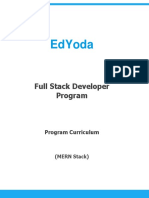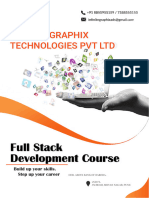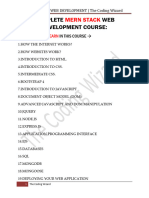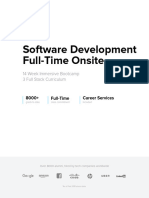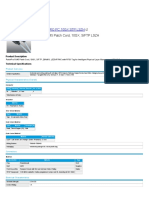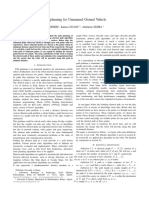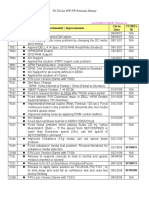0% found this document useful (0 votes)
52 views36 pagesMERN
Learn MERN stack from scratch and become a full-stack web developer. #MERNStack
#WebDevelopment #w
Uploaded by
malik.tayyab146bCopyright
© © All Rights Reserved
We take content rights seriously. If you suspect this is your content, claim it here.
Available Formats
Download as PDF, TXT or read online on Scribd
0% found this document useful (0 votes)
52 views36 pagesMERN
Learn MERN stack from scratch and become a full-stack web developer. #MERNStack
#WebDevelopment #w
Uploaded by
malik.tayyab146bCopyright
© © All Rights Reserved
We take content rights seriously. If you suspect this is your content, claim it here.
Available Formats
Download as PDF, TXT or read online on Scribd
/ 36























